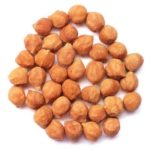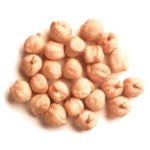CNS Canada — Low yields and poor quality have caused Canadian chickpea price quotes to shoot higher. Very little of the crop actually falls under the top grades, however, leaving the bulk of the marketing to take place in the feed sector. “The chickpea harvest has been an unmitigated disaster,” said Colin Young of Midwest […] Read more












